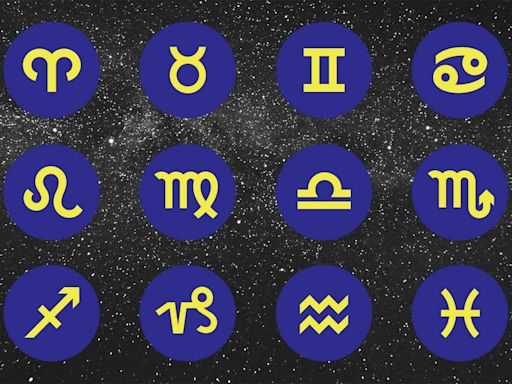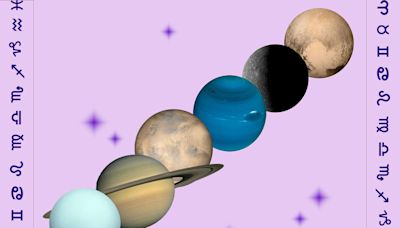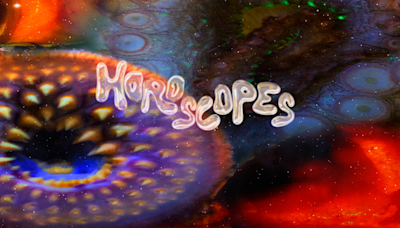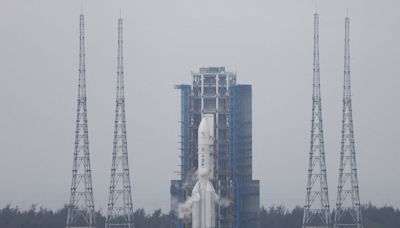Search results
1 day ago · The Moon is Earth 's only natural satellite. It orbits at an average distance of 384,400 km (238,900 mi), about 30 times the diameter of Earth. Over time Earth's gravity has caused tidal locking, causing the same side of the Moon to always face Earth.
2 days ago · Moon, Earth ’s sole natural satellite and nearest large celestial body. Known since prehistoric times, it is the brightest object in the sky after the Sun. It is designated by the symbol ☽. Its name in English, like that of Earth, is of Germanic and Old English derivation.
- James D. Burke
May 6, 2024 · Learn about the Moon's features, phases, history and exploration with NASA. Find out how the Moon was formed, what it looks like from Earth and space, and why it is important for science and culture.
May 6, 2024 · Learn how the Moon's shape changes each night due to the Sun's light and the Moon's orbit around Earth. See the eight Moon phases, their names, and examples of how they look from Earth.
May 6, 2024 · Well, the Moon is not always the same distance away from Earth. The orbit is not a perfect circle. When the Moon is the farthest away, it’s 252,088 miles away. That’s almost 32 Earths. When it's closest, the Moon is 225,623 miles away. That’s between 28 and 29 Earths. So far apart!
May 15, 2024 · Learn about the Moon, the only natural satellite of Earth, and its features, history, and exploration. Find out how the Moon affects the tides, the seasons, and human culture.
3 days ago · Find out the latest information about the Moon, such as its location, phase, distance from Earth, and brightness. See interactive sky charts, maps, and tables of the Moon's data and ephemerides.






